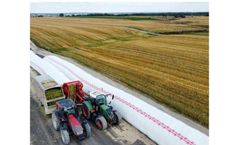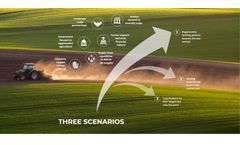Farm Resource Articles & Analysis
8 articles found
Feed costs are the largest expense for dairy farms, typically making up 50% or more of the total operating costs. ...
What does the future hold? What are the most important enabling conditions for the scaling of regenerative agriculture so that companies hit their 2030 targets and regenerative agriculture becomes ...
” Zimmern is not alone in seeing the value, utility, and quality of farmed fish. Chefs, foodies, and environmentalists are, after some initial misgivings, beginning to understand the importance and potential of farming fish. Farmed fish on the table means more wild fish left in rivers, lakes, and oceans. ...
In Peru's highland jungle, an expanding deforestation front of forest conversion to agriculture has vastly transformed the landscape. Small–scale farming, the main driver of forest degradation, and consequently household natural resource management affect ecosystem functionality. ...
Agricultural runoff into surface water is a problem in Australia, as it is in arguably all agriculturally active countries. While farm practices and resource management measures are employed to reduce downstream effects, they are often either technically insufficient or practically unsustainable. ...
High post-harvest losses, poor quality and lack of value addition at the farm level constrain maize production in Uganda. Concern over these issues prompted the government to introduce improved post-harvest technologies to reduce losses. ...
The diversity in the Danish organic farming sector in terms of patterns of human resource use is investigated. ...
We use an ordered probit approach to relate adoption behaviour to variables that capture characteristics of the farm (labour and financial resources and market position), of the business environment of the farm (type of production and market, degree of regulation) and of the farmer (access to information, capabilities, preferences). We use data ...





